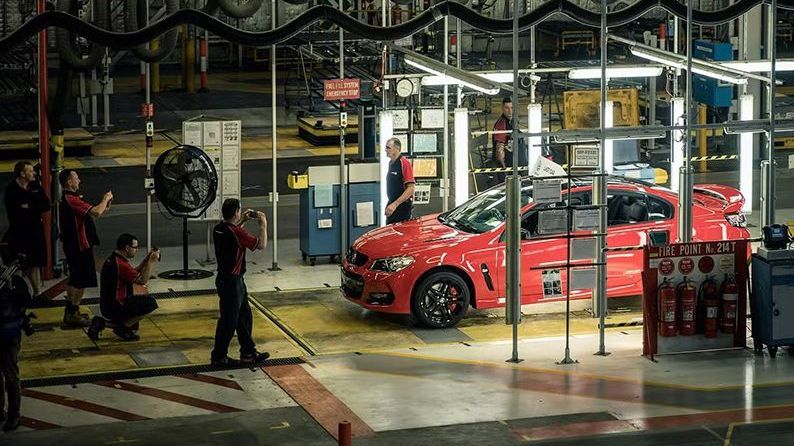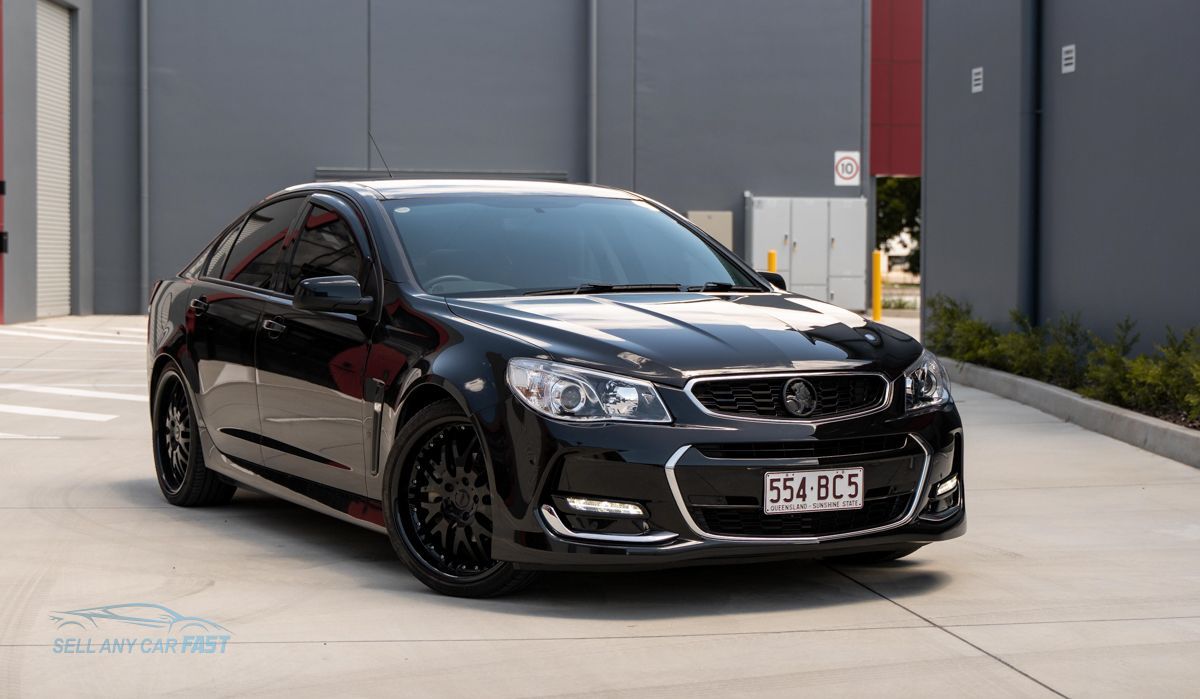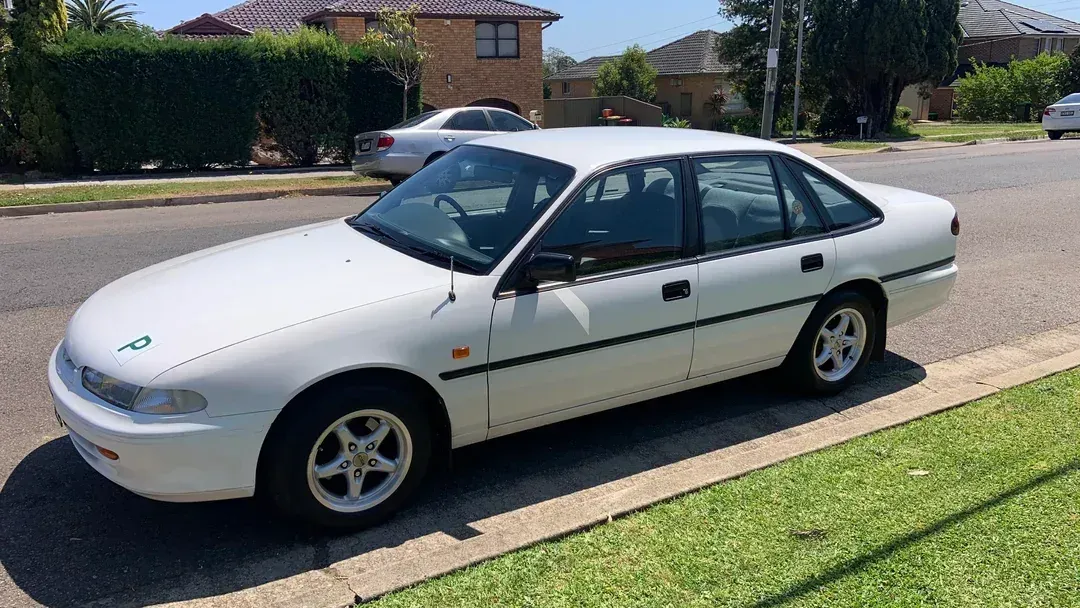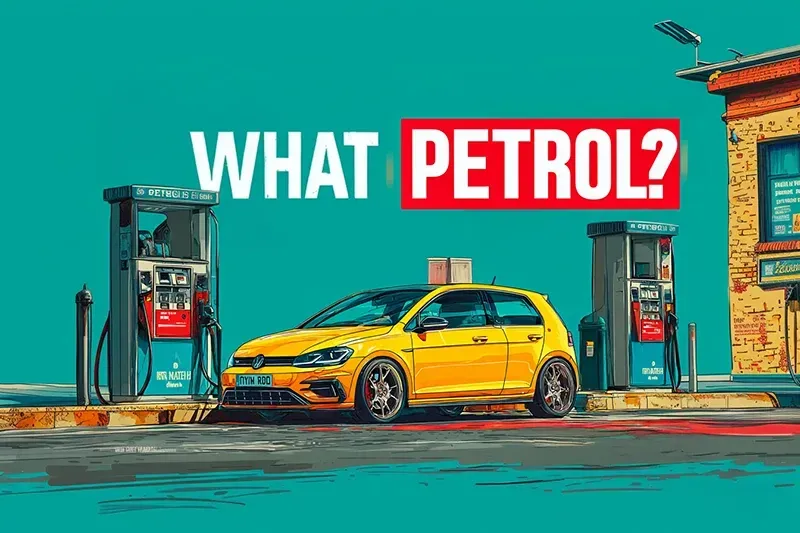The Closure of the Holden Factory in Australia
What Happened to Holden in Australia and Why?

The closing of the Holden factory in Australia marked a significant turning point in the country's automotive history.
In this article, you'll learn about the factors that led to this decision, including high production costs, a small domestic market, and intense competition from imported vehicles.
We'll look into the broader impact on the Australian automotive industry, examining how other car brands like Ford and Toyota also ceased local manufacturing. Additionally, we'll explore the legacy of Australian-made cars and the industry's future direction.
Why Did The Holden Factory Close in Australia?
The closure of the Holden factory in Australia marked the end of an era for the local automotive industry. Holden, a subsidiary of General Motors (GM), ceased manufacturing operations in October 2017. This decision was part of GM's global restructuring efforts and was influenced by several factors:
High Production Costs
Companies like Holden struggled to compete with cheaper imported cars from countries with lower production costs. This price gap made it hard for Australian manufacturers to stay financially viable.
Small Domestic Market
Australia's small population limits the demand for locally made cars, making it hard for manufacturers to produce enough vehicles to lower costs through economies of scale. Without large-scale production, the per-unit cost remains high, reducing profitability and competitiveness in the automotive industry.

Intense Competition from Imports
The Australian car market faced tough competition from imports like Toyota, Mazda, Hyundai, and Kia, which offered cheaper, fuel-efficient vehicles backed by strong marketing and technology.
Holden struggled to compete, especially as consumer preferences shifted from sedans to SUVs, further weakening its market share and profitability.
Declining Government Support
The Australian Government once supported the car industry with subsidies, helping manufacturers like Holden compete globally.
Over time, these subsidies were reduced and eventually removed, exposing Holden to high production costs and intense competition. This policy change contributed to Holden ending local production in 2017 and closing completely in 2020.
How Did the Holden Factory in SA Closure Affect the United Australian Automobile Industries and the Holden Lexcen?
The closure of the Holden factory in South Australia had a significant impact on the Australian automotive industry, including on the United Australian Automobile Industries (UAAI) and models like the Holden Lexcen. Here's a breakdown of the effects:
1. Impact on UAAI (United Australian Automobile Industries):
UAAI was the joint venture between GM-Holden and Toyota Australia, responsible for manufacturing vehicles in Australia.
With the closure of Holden’s manufacturing plant in 2017, UAAI's future became uncertain. UAAI, which had been a cornerstone of the Australian car manufacturing sector, was affected as Holden’s production ceased, and Toyota followed suit by closing its own manufacturing plant in 2017.
The closure led to:
- Job Losses: Thousands of jobs were lost, both in the factories and in associated industries like parts suppliers and logistics. The overall economic impact on South Australia, where the factory was based, was substantial.
- Shift to Importing: With no local manufacturing, Australia’s automotive market shifted to an import-driven model. This meant a greater reliance on foreign car manufacturers, which affected the local economy and diminished Australia’s automotive production capabilities.
2. Impact on the Holden Lexcen:
The Holden Lexcen was a mid-sized sedan produced in the 1990s as a result of the partnership between Holden and Volkswagen. The vehicle itself was essentially a rebadged version of the Volkswagen Passat, tailored for the Australian market.
The Holden Lexcen's fate was intertwined with Holden’s decision to manufacture cars locally, and as Holden moved towards focusing on other models and manufacturing more cost-effective vehicles, the Lexcen was discontinued in 1997.
The closure of the Holden factory, and the shift away from local manufacturing, meant that:
- End of Production: With Holden no longer producing cars locally, models like the Lexcen, which were only produced for a limited time, became part of Australian automotive history. The Lexcen was discontinued before the closure of the plant, but the factory closure marked the definitive end of Holden’s ability to innovate and produce cars in Australia.
- Increased Dependence on Imports: The Lexcen’s demise symbolised the shift away from local car manufacturing. After the Holden factory closure, the Australian market increasingly depended on foreign brands and imports, which was a major transition for the industry.

HSV GTSR W1 With 32km Reaches $350k at Auction
By Simon Telford for Street Machine
Impact on Other Car Brands
The closure of the Holden factory was part of a broader trend in the Australian automotive industry. Other major car manufacturers, such as Ford and Toyota, also ceased local manufacturing operations around the same time. This marked the end of over a century of car manufacturing in Australia, which began in the early 20th century.
Ford Australia
Ford closed its Australian manufacturing plants in 2016. The decision was influenced by similar factors that affected Holden, including high production costs and intense competition from imported vehicles.
Ford had been a significant player in the Australian market, producing iconic models such as the Falcon XR6 Turbo. The closure of its plants resulted in significant job losses and marked the end of an era for Ford in Australia.
Toyota
Toyota followed suit by closing it's manufacturing operations in Australia in 2017. As the world's largest automaker, Toyota's decision to cease local production was a significant blow to the Australian automotive industry.
The company cited the high cost of manufacturing and a small domestic market as key reasons for its departure. Toyota had been producing vehicles in Australia for over 50 years. Key vehicles manufactured by Toyota in Australia included:
- Toyota Camry:
The Camry was one of the most popular sedans produced by Toyota in Australia. It was known for its reliability and fuel efficiency, making it a favourite among Australian consumers.
- Toyota Aurion:
The Aurion was a larger sedan, essentially a rebranded and slightly modified version of the Camry. It offered more power and luxury features.
- Toyota Corolla:
While the Corolla was primarily imported, some assembly and production took place in Australia, contributing to its popularity as a compact car.
- Toyota Avalon: Before the Aurion, Toyota produced the Avalon, which served as their flagship large sedan in Australia.
Legacy and Transition
Despite the end of local manufacturing, Holden continued to operate as an importer and distributor of vehicles until early 2021, when GM announced the complete retirement of the Holden brand.
The legacy of Holden and other Australian-made cars is preserved by enthusiasts and collectors, who celebrate the rich history of automotive innovation in the country.
The closure of these manufacturing plants had significant economic and social impacts, leading to job losses and affecting local communities that relied on the automotive industry.
However, the industry has been transitioning towards new opportunities, focusing on the importation, sales, and servicing of vehicles, as well as the emerging market for Electric Vehicles (EVs).
Final Thoughts
The closure of the Holden factory and other local manufacturing plants marked the end of a significant chapter in Australia's automotive history. High production costs, a small domestic market, intense competition from imports, and declining government support were key factors in this transition.
While manufacturing has ceased, the automotive industry in Australia continues to evolve, adapting to new market dynamics and consumer preferences.









